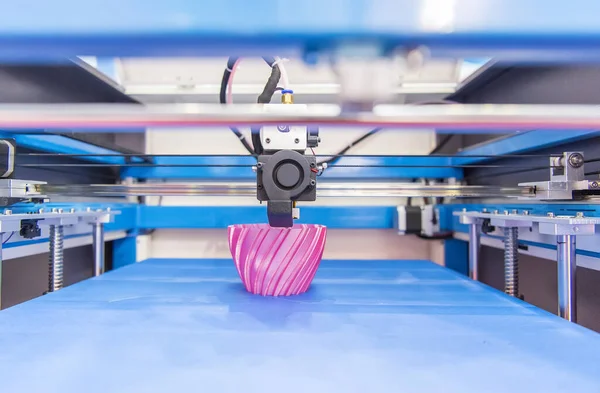
Today, 3D printing is a fantastic tool, and I’m sure you’ve probably heard about it or maybe even been surprised by how many items can be made with it. The material used for these items is very important, whether it’s gifts or everyday items like a phone case, puzzles for kids, or even small things like an eyeglass holder. Choosing the right material greatly affects the quality, durability, and usability of your items. So today, we want to introduce you to two popular materials — PLA (Polylactic Acid) and PETG (Polyethylene Terephthalate Glycol) — each with its unique advantages and uses.
If you’re a beginner or want to expand your skills, this article will help you choose between PETG and PLA and tell you everything you need to know about these materials.
Key Features of PLA and PETG
What is PLA?
PLA (Polylactic Acid) is one of the most popular materials for 3D printing and a great choice for beginners. The reason is simple — it’s easy to work with, affordable, and made from renewable resources like corn starch. With a melting temperature of about 180–220°C, PLA is energy-efficient and relatively simple to print. Thanks to its low temperature and easy adhesion, PLA is ideal for decorative items, models, and educational prototypes.
Pros of PLA:
- Easy to print at low temperatures
- Made from renewable materials
- Great for beginners and detailed prints
Limitations:
- Not suitable for high-temperature environments
- Less durable and somewhat brittle
What is PETG?
PETG (Polyethylene Terephthalate Glycol) is a slightly more advanced material, as it combines strength with flexibility. With a melting temperature of around 220–250°C, PETG is a great choice for functional parts that need some durability. Unlike PLA, PETG is resistant to UV light and chemicals, meaning it won’t break down easily outdoors or when in contact with common household chemicals.
Pros of PETG:
- Stronger and more flexible than PLA
- Withstands UV light and some chemicals
- Better for functional and long-lasting parts
Limitations:
- Requires higher temperatures and a heated bed
- Can be challenging to paint due to its glossy surface
Characteristics of PETG and PLA
Now let’s look at the key differences to avoid situations where each material may have both strengths and weaknesses. When choosing, pay attention to the following characteristics:
-
Heat Resistance
PETG withstands higher temperatures and is more heat-resistant than PLA. If your item is exposed to sunlight or near heat sources, PLA may soften more quickly.
-
Strength and Flexibility
PETG is more durable and flexible, so if your model will support heavier items, PLA’s rigidity may cause it to break under pressure.
-
Ease of Printing
PLA is generally easier to print with, so if you need your model quickly, go with PLA. It requires fewer settings to prevent warping and adhesion issues.
So, Which Material Should You Choose?
The answer depends on what you want to create! Choosing the right material is crucial for successful 3D printing projects. Here are some key differences between PLA and PETG to help you find the best option for your needs:
-
Are you new to 3D printing? PLA is more user-friendly, as it rarely warps and adheres well to the print bed.
-
If you need heat resistance, PETG is the way to go, withstanding temperatures of 220–250°C.
-
For functional parts, PETG provides a good balance of strength and flexibility.
-
Will your model be exposed to water or chemicals? PETG is more water-resistant and suitable for items that may get wet or stay outdoors.
-
For food-related items, PLA is only safe for non-bacterial-prone products, while PETG is generally safer and more durable.
-
For ease of painting and finishing, PLA is the better choice. It’s easier to paint and finish with regular acrylic paints.
- Can be challenging to paint due to its glossy surface
- Withstands UV light and some chemicals










